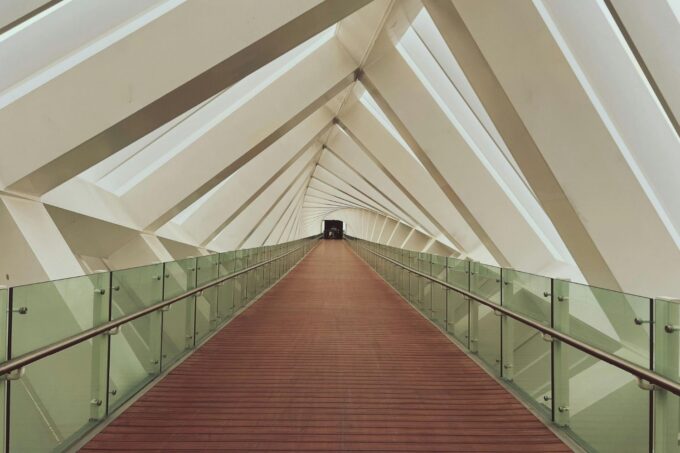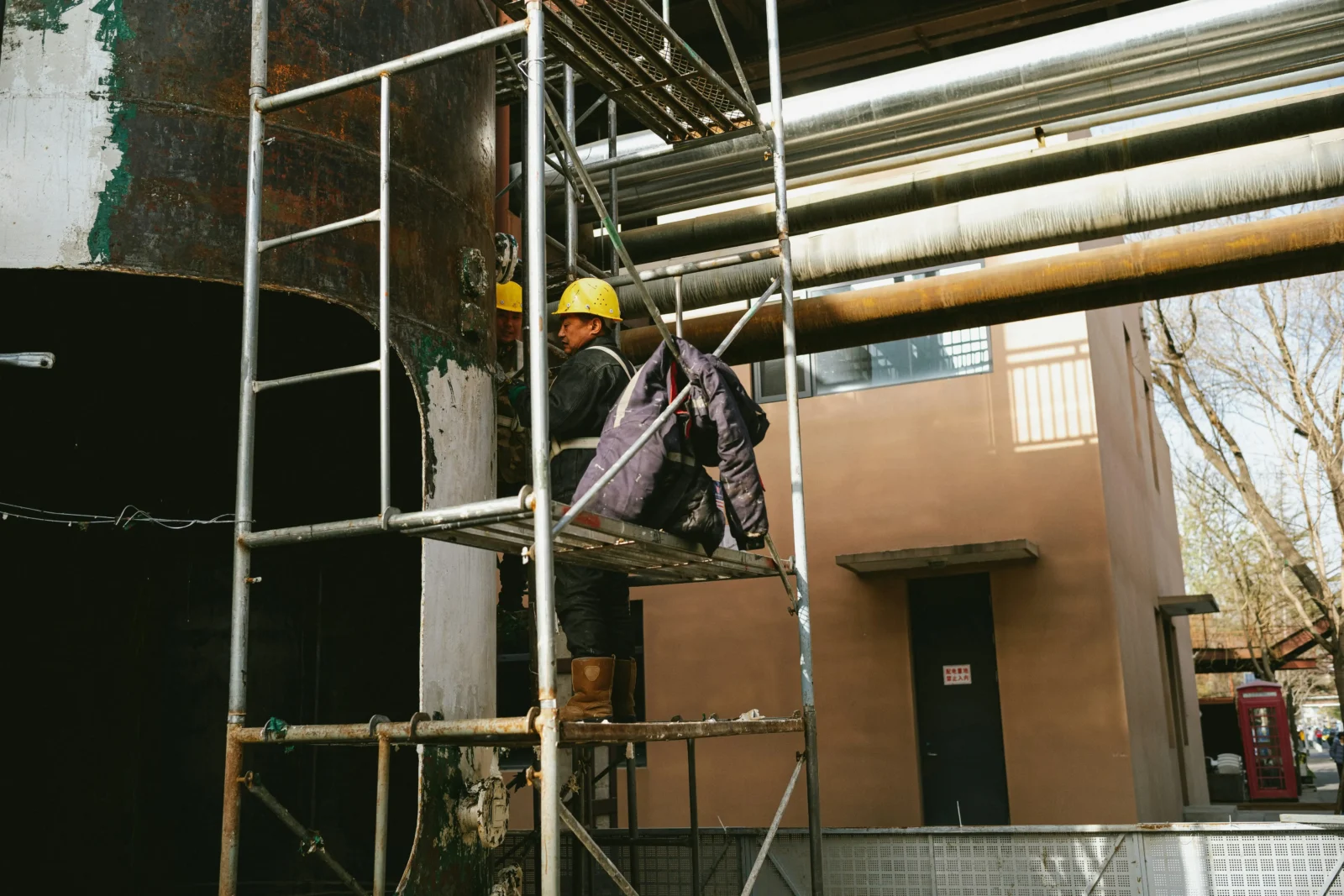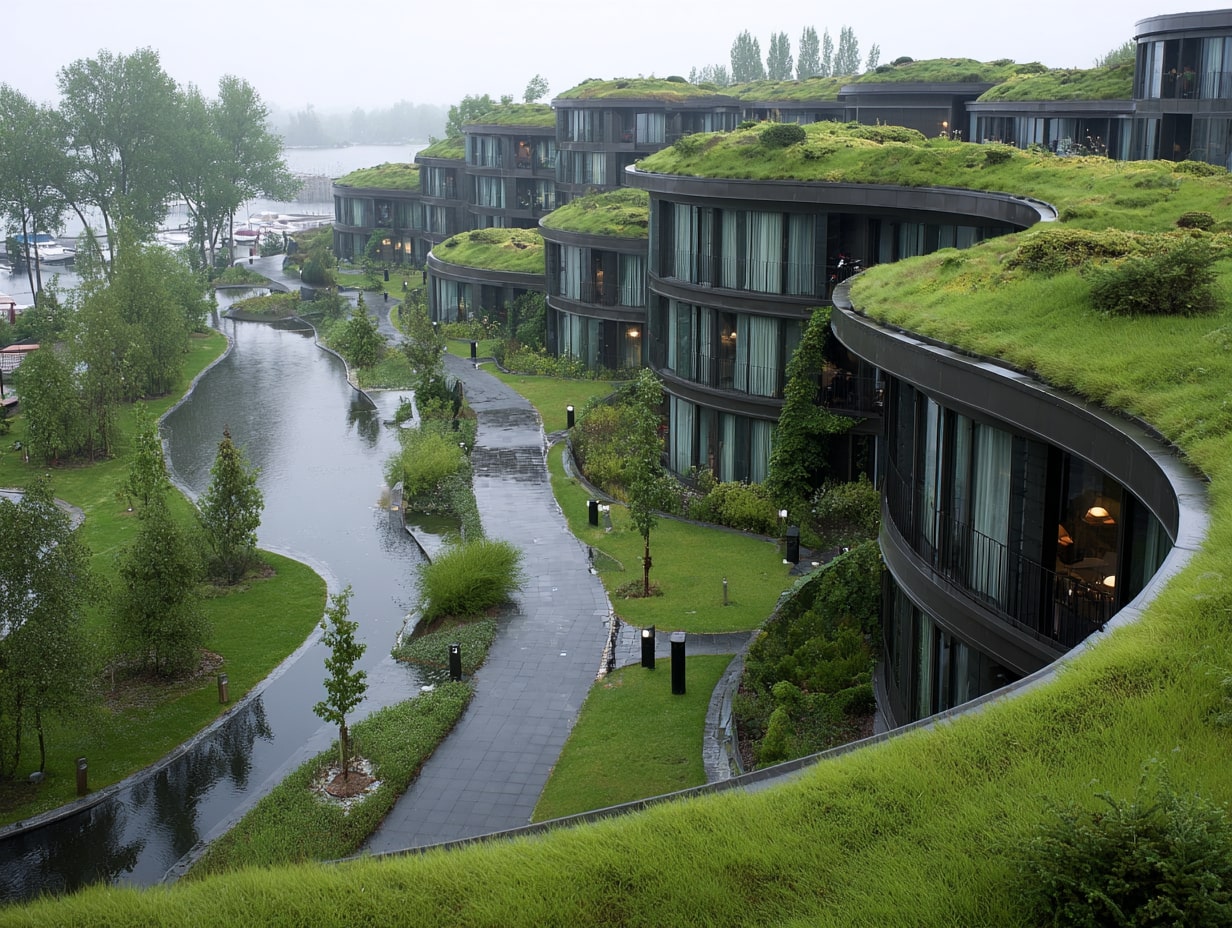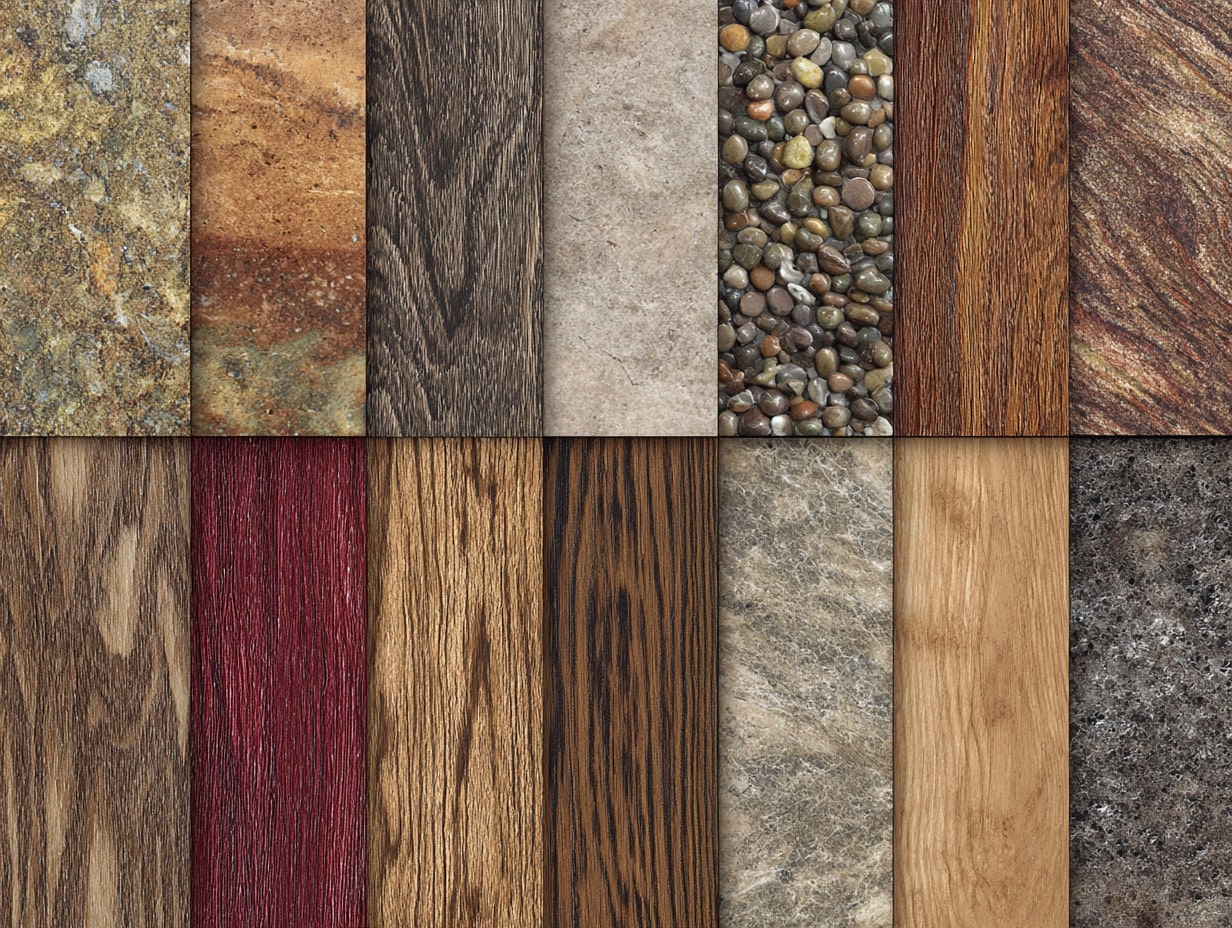- Home
- Articles
- Architectural Portfolio
- Architectral Presentation
- Inspirational Stories
- Architecture News
- Visualization
- BIM Industry
- Facade Design
- Parametric Design
- Career
- Landscape Architecture
- Construction
- Artificial Intelligence
- Sketching
- Design Softwares
- Diagrams
- Writing
- Architectural Tips
- Sustainability
- Courses
- Concept
- Technology
- History & Heritage
- Future of Architecture
- Guides & How-To
- Art & Culture
- Projects
- Interior Design
- Competitions
- Jobs
- Store
- Tools
- More
- Home
- Articles
- Architectural Portfolio
- Architectral Presentation
- Inspirational Stories
- Architecture News
- Visualization
- BIM Industry
- Facade Design
- Parametric Design
- Career
- Landscape Architecture
- Construction
- Artificial Intelligence
- Sketching
- Design Softwares
- Diagrams
- Writing
- Architectural Tips
- Sustainability
- Courses
- Concept
- Technology
- History & Heritage
- Future of Architecture
- Guides & How-To
- Art & Culture
- Projects
- Interior Design
- Competitions
- Jobs
- Store
- Tools
- More
Exploring Prefabrication in Architecture: Boosting Efficiency and Sustainability in Construction
Discover how prefabrication is revolutionizing architecture by boosting efficiency and sustainability. This article explores off-site assembly's advantages, such as reduced construction times and waste, alongside innovative technologies like robotics and CAD. Learn about modular construction, key industry players, and emerging trends that are shaping the future of building design.

In a world where efficiency and sustainability are more important than ever, prefabrication in architecture is revolutionizing how we build. By assembling components off-site, we can significantly reduce construction time and minimize waste. This innovative approach not only streamlines the building process but also allows for greater precision and quality control.
As we explore the benefits and challenges of prefabrication, it’s clear that this method is reshaping the architectural landscape. From residential homes to commercial spaces, prefabricated structures are popping up everywhere, proving that smart design and modern technology can go hand in hand. Join us as we dive into the fascinating world of prefabrication and uncover its potential to transform our built environment.

Table of Contents
ToggleOverview of Prefabrication in Architecture
Prefabrication in architecture involves constructing building components in a controlled environment before transporting them to the final site for assembly. This method leads to significant improvements in efficiency, as on-site construction time diminishes. We accomplish this by manufacturing several parts—walls, floors, roofs—concurrently, which allows for faster project completion.
The benefits of prefabrication extend beyond time savings. Precise manufacturing techniques lead to enhanced quality control and minimize construction waste. In fact, it can reduce material waste by up to 20%, contributing to sustainable building practices. Modular construction, a key aspect of prefabrication, caters to both residential and commercial projects, addressing various design needs with versatility.
Today’s technology, including robotics and computer-aided design (CAD), enhances the prefabrication process. Smart design integration allows for more customized solutions, accommodating specific requirements while ensuring structural integrity. As we embrace this modern approach, the future of architecture stands to undergo a significant transformation, driven by prefabrication’s efficiency and sustainability benefits.
Innovative examples, such as prefabricated apartments and commercial buildings, demonstrate the method’s growing acceptance. These structures illustrate not only speed and cost-effectiveness but also aesthetic appeal, broadening the scope of architectural possibilities.
Benefits of Prefabrication
Prefabrication in architecture offers numerous advantages that enhance construction processes. The primary benefits include time efficiency and cost-effectiveness.

Time Efficiency
Time efficiency stands out as a major benefit of prefabrication. Off-site assembly significantly shortens construction timelines. Components can be fabricated concurrently with site preparation, enabling a simultaneous workflow. When prefabricated elements arrive on-site, installation occurs rapidly, often reducing overall project schedules by 30% to 50%. This efficiency allows for quicker occupancy and faster project turnover, resulting in enhanced productivity for builders and developers.
Cost-Effectiveness
Cost-effectiveness serves as another advantage of prefabrication. Lower labor costs arise from reduced on-site construction times, as workers spend less time at the project site. Manufacturing in a controlled environment minimizes materials waste by approximately 20%, further driving down costs. Additionally, fewer delays and overruns lead to more predictable budgeting. Increased efficiency in production processes often yields better pricing on materials and components, enhancing overall project financial viability.
Types of Prefabricated Structures
Prefabricated structures come in several forms, each offering unique advantages in design, efficiency, and flexibility. The most common types include modular construction and panelized systems.

Modular Construction
Modular construction involves assembling entire sections or modules of a building in a factory setting before transportation to the final site. Each module is built to the required specifications and can include finished interiors. This method significantly speeds up the construction process, resulting in project timelines that may shorten by 30% to 50%. Modular construction serves both residential and commercial sectors, providing adaptable solutions that can fit various architectural designs. Its flexibility allows for easy expansion or reconfiguration in the future, meeting changing needs with minimal disruption.
Panelized Systems
Panelized systems consist of prefabricated wall, roof, or floor panels that are produced off-site and then assembled on location. This technique allows for quicker installation compared to traditional building methods, as panels can be erected in a fraction of the time. Panelized systems offer enhanced insulation and structural integrity, contributing to energy efficiency and reduced environmental impact. The precise manufacturing process minimizes waste, making this a sustainable building option. Additionally, panelized systems can be customized in design and finish, accommodating diverse architectural styles and preferences.
Key Players in the Industry
Key players in the prefabrication industry encompass established companies and innovative startups, each driving advancements in the sector. Their collective contributions enhance efficiency and sustainability in architectural projects.

Leading Companies
Leading companies in prefabrication include giants like Katerra, Modular Building Institute, and Skanska.
- Katerra focuses on technology-driven construction processes, leveraging modular building techniques to optimize efficiency and reduce waste. Their approach combines design, manufacturing, and construction under one roof, facilitating faster project delivery.
- Modular Building Institute serves as a primary trade organization, promoting off-site construction methods and providing resources for professionals. They support and advocate for best practices in modular construction, enhancing industry standards and growth.
- Skanska emphasizes sustainability through innovative prefabrication solutions, promoting environmentally friendly practices. Their commitment to reducing carbon footprints aligns with modern architectural demands.
Innovative Startups
Innovative startups are also making significant strides in the prefabrication landscape.
- Plant Prefab specializes in sustainable modular homes and prioritizes eco-friendly building materials. Their focus on factory-built homes exemplifies modern living solutions tailored for sustainability.
- ICON develops advanced robotic systems for construction, including 3D printing technology. Their methods allow for rapid construction of housing, providing affordable options in communities facing housing shortages.
- BLOK utilizes a customizable modular approach for building components, offering flexibility in design while maintaining structural integrity. Their platform caters to both residential and commercial projects, blending innovation with practical applications.
These key players shape the future of prefabrication in architecture, reinforcing the movement toward efficiency, sustainability, and advanced technology.
Challenges and Considerations
Prefabrication in architecture presents various challenges and considerations that impact its efficacy. We must address crucial aspects like quality control and transportation issues to fully leverage the benefits of this method.

Quality Control
Quality control in prefabrication requires vigilant oversight throughout the manufacturing process. We see specific challenges, including:
- Consistency in Manufacturing: Variability in material quality affects final product integrity. Ensuring uniform standards across components is crucial.
- On-Site Integration: Misalignments can occur during assembly, leading to issues in structural integrity. Accurate measurements and careful handling during transport mitigate risks.
- Regulatory Compliance: Adhering to building codes and standards is mandatory. We must implement rigorous testing and documentation to ensure all elements meet local regulations.
Focusing on these quality control factors enhances the overall reliability and durability of prefabricated structures, ensuring they meet safety and aesthetic expectations.
Transportation Issues
Transportation of prefabricated elements poses unique challenges that impact project timelines and costs. We encounter specific concerns such as:
- Logistical Coordination: Timely delivery of large components is vital. Effective scheduling and route planning facilitate smooth transportation to the assembly site.
- Damage During Transit: Protecting components from environmental elements and physical impact during transit is essential. Proper packaging and handling techniques prevent costly damage.
- Transport Limitations: Size and weight constraints can limit the types of prefabricated elements that can be transported. Understanding local regulations regarding oversized loads is critical for compliance.
Addressing these transportation issues enables us to streamline project execution, benefiting both timeline management and budget adherence.
Future Trends in Prefabrication
Prefabrication in architecture is evolving rapidly, influenced by sustainability and technology. We observe significant trends shaping the future of this innovative method.

Sustainable Practices
Sustainable practices in prefabrication are gaining momentum as environmental concerns heighten. We see a shift towards using sustainable materials, such as recycled steel and certified wood, in prefabricated elements. Manufacturers aim to minimize waste during production by employing lean construction techniques. Enhanced energy efficiency standards for prefabricated buildings are on the rise, resulting in reduced energy consumption and improved indoor air quality. Additionally, designers prioritize passive solar design strategies, utilizing natural light and ventilation in prefabricated structures.
Technological Advancements
Technological advancements play a crucial role in the future of prefabrication. We witness the integration of Building Information Modeling (BIM) and 3D printing, which streamline design processes and enhance accuracy. Robotics is increasingly utilized for automated assembly in factories, allowing for greater precision and consistency. Emerging materials, such as bio-based composites, offer improved performance while supporting sustainable practices. Virtual reality (VR) and augmented reality (AR) enhance project visualizations, allowing stakeholders to experience designs before construction. These technologies increase collaboration among teams, ultimately leading to more innovative and efficient prefabricated structures.
Conclusion
Prefabrication in architecture transforms the construction landscape by fostering efficiency and sustainability. Off-site assembly techniques reduce project timelines by 30% to 50%, enabling quicker occupancy and enhancing overall productivity. We observe significant waste minimization, with precise manufacturing practices cutting construction waste by up to 20%.
Modular construction and panelized systems exemplify the versatility of prefabrication, accommodating varied design needs for residential and commercial projects. Companies like Katerra and innovative startups contribute to advancements in this sector, driving a shift toward sustainable building practices and enhancing project viability.
Despite challenges in quality control and transportation logistics, addressing these issues enhances the reliability of prefabricated structures. The evolving landscape, influenced by sustainable materials and technological advancements like BIM and 3D printing, indicates a promising future for prefabrication. We encourage exploration of this innovative building method, acknowledging its growing relevance in modern architecture.
- architectural prefabrication
- architecture prefabrication
- construction efficiency
- construction sustainability
- Eco Friendly Architecture
- Efficient building methods
- Energy Efficient Buildings
- environmentally friendly construction
- green building techniques
- innovative building solutions
- modern prefab homes
- modular architecture
- modular construction
- offsite construction methods
- prefab construction
- prefab home design
- prefabricated architecture
- prefabricated building solutions
- sustainable building materials
- sustainable construction
Submit your architectural projects
Follow these steps for submission your project. Submission FormLatest Posts
Specialised Construction Services: From Foundations to Site Clearance
The construction industry encompasses far more than building walls and laying bricks....
Construction Projects Key Skills for Effective Management
Construction projects key skills for effective management: a practical guide to scope...
Green Architecture Explained: Designing for a Resilient Tomorrow
Green architecture explained through resilience: practical ways to cut carbon, improve health,...
Top Sustainable Surface Materials Every Designer Should Know
Explore sustainable surface materials with a designer-ready scorecard: carbon, toxins, durability, circularity,...












Leave a comment